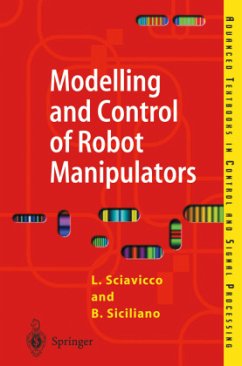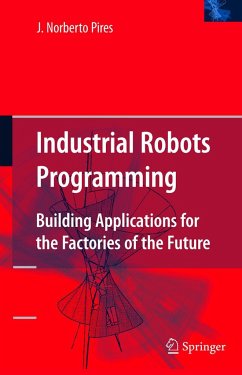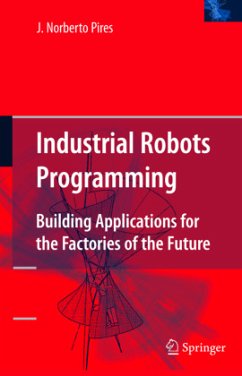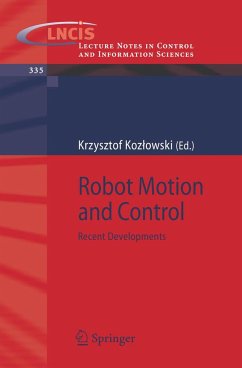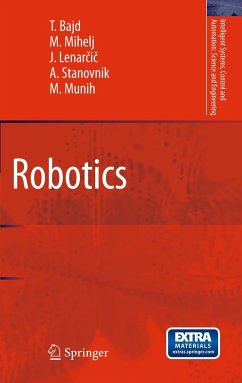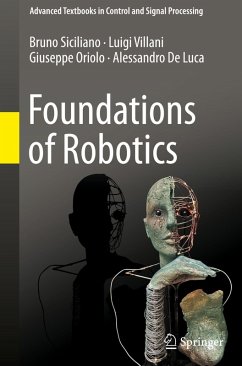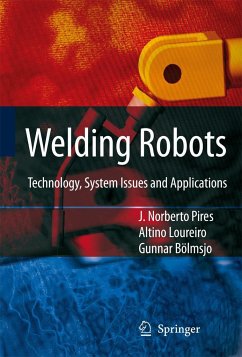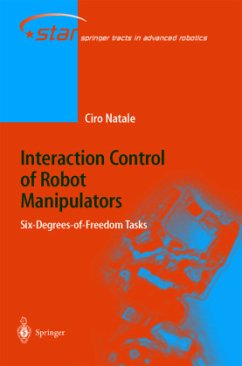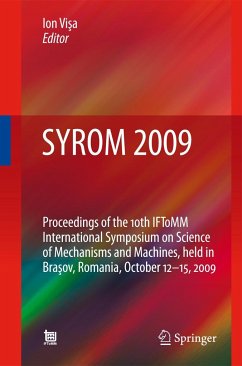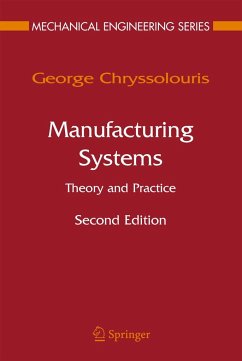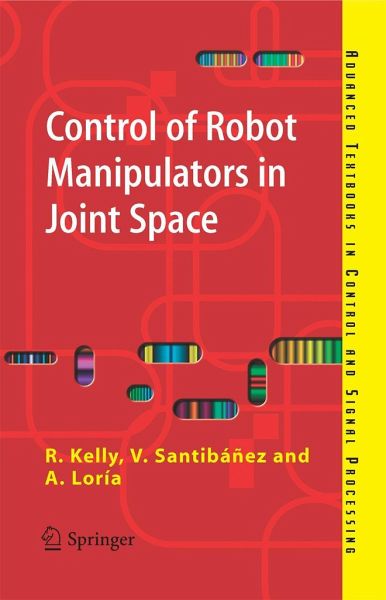
Control of Robot Manipulators in Joint Space

PAYBACK Punkte
47 °P sammeln!
Control of Robot Manipulators in Joint Space addresses robot control in depth, treating a range of model-based controllers in detail: proportional derivative; proportional integral derivative; computed torque and some adaptive variants. Combinations of the text's four parts: robot dynamics and mathematical preliminaries; set-point model-based control; tracking model-based control; and adaptive and velocity-independent control create a complete course in robot control based on joint space for senior undergraduates or masters students. Other areas of study important to robotics, such as kinematics, receive attention within the case studies which are based around a 2-degrees-of-freedom planar articulated arm used throughout to test the controllers under examination by experimentation.
In addition to the written text, auxiliary resources are available in the form of pdf projector presentations for the instructor to use in lectures and as printed class aids for students, and a pdf solutions manual.
In addition to the written text, auxiliary resources are available in the form of pdf projector presentations for the instructor to use in lectures and as printed class aids for students, and a pdf solutions manual.
Tutors can design entry-level courses in robotics with a strong orientation to the fundamental discipline of manipulator control
pdf solutions manual
Overheads will save a great deal of time with class preparation and will give students a low-effort basis for more detailed class notes
Courses for senior undergraduates can be designed around Parts I III; these can be augmented for masters courses using Part IV
pdf solutions manual
Overheads will save a great deal of time with class preparation and will give students a low-effort basis for more detailed class notes
Courses for senior undergraduates can be designed around Parts I III; these can be augmented for masters courses using Part IV





